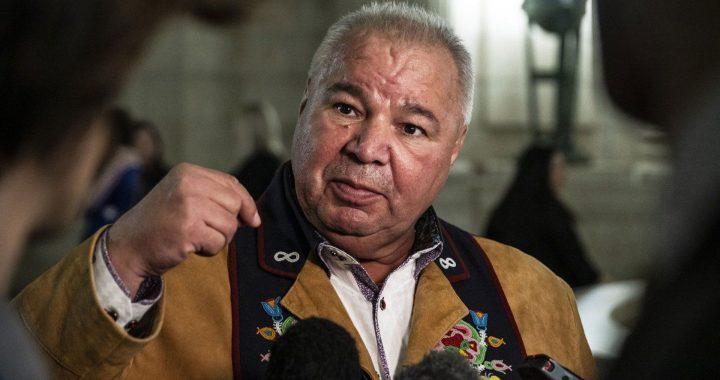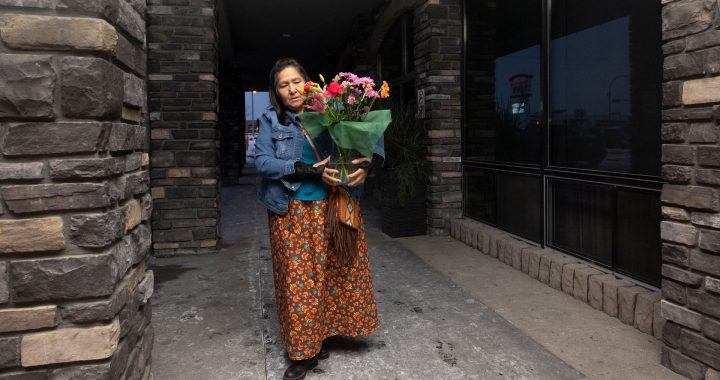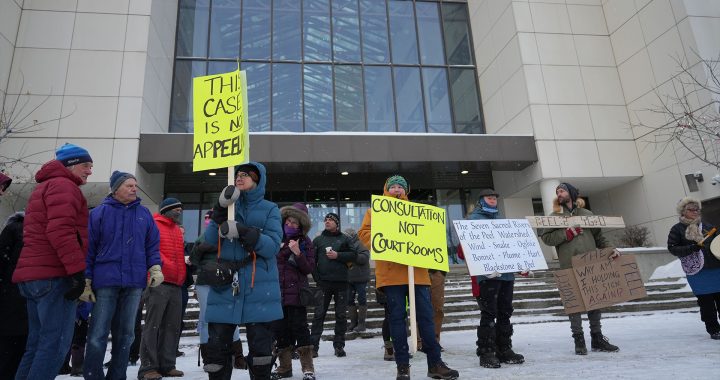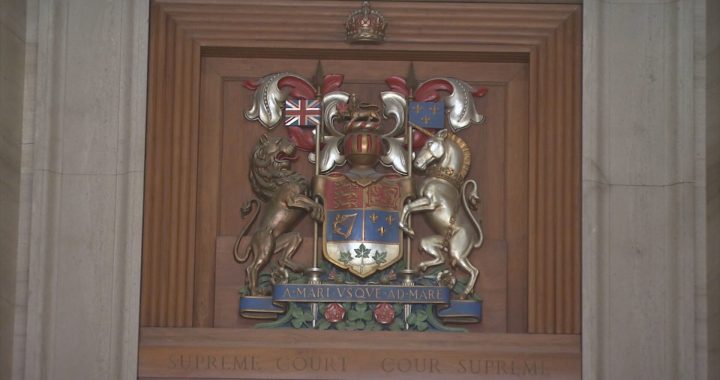With the U.S. election days away and candidates Donald Trump and Kamala Harris deadlocked, Democrats, it seems, are doing everything they can to secure Native American vote, according to a veteran American journalist says.
“I think the story next week will be the extraordinary ground game of the Harris campaign,” said Mark Trahant, an editor-at-large with the digital news organization Indian Country Today, or ICT. “I’ve been covering politics for 50 years and I’ve never seen anything like it. It’s extraordinarily well organized. In terms of Indian country, they’re reaching communities in a way that hasn’t been done.”
Trahant said Democrat vice-presidential candidate Tim Walz has visited tribal nations four times, which is unprecedented, and last week attended the National Congress of American Indians.
He said Native American voters are particularly active in states such as Montana and Idaho including a very close Senate race in the former state.
At the same time, Donald Trump and the Republicans do have their Native American supporters.
This includes Oklahoma junior senator Markwayne Mullin, who identifies as part of the Cherokee Nation and is a staunch Trump supporter, according to the online publication High Country News.
High Country News also said the Trump campaign has had what it calls an “Indian Country policy team” as far back as 2016.
Native American voters also played a decisive role in the 2020 presidential election in states like Montana.
Voter turnout on tribal land in this state increased substantially and helped Joe Biden win a state that hadn’t went Democrat in a presidential election since 1996.
But Janeen Comenote, the executive director of the National Urban Indian Family Coalition, cautioned against viewing Native American voters as a single monolith and the goal of organizations like hers is to simply mobilize voters.
“We’re really all about just getting Native voters out to vote, not telling them how to vote,” Comenote, a member of the Quinault Indian Nation, said. “But sort of understanding that you have a voice and you’re a democracy, a democracy that we helped create.”
Republican lawmakers have passed legislation in different states making it more difficult to vote.
These laws typically target minority groups and Trahant said Native American voters are not immune.
For example, some Native American voters in Montana will have to drive more than 100 miles to cast ballots on election day and there have been attempts to outlaw same-day voter registration.
What effect this will have on the Native American vote remains to be seen.
“There is tension and Montana is a good example of that,” Trahant said. “Where there are a lot of communities that are hostile to both the Native vote and Native participation in the outcome. One thing that is so striking about Montana, though, is it’s been organized for a long time and the population (Native American) out votes the general population in terms of percentages. What that’s resulted in is the legislature actually has a higher percentage of Native Americans serving than their population percentage. Montana is about six per cent (Native American) and Native American is about seven per cent in legislature.”
Long term reform of child welfare
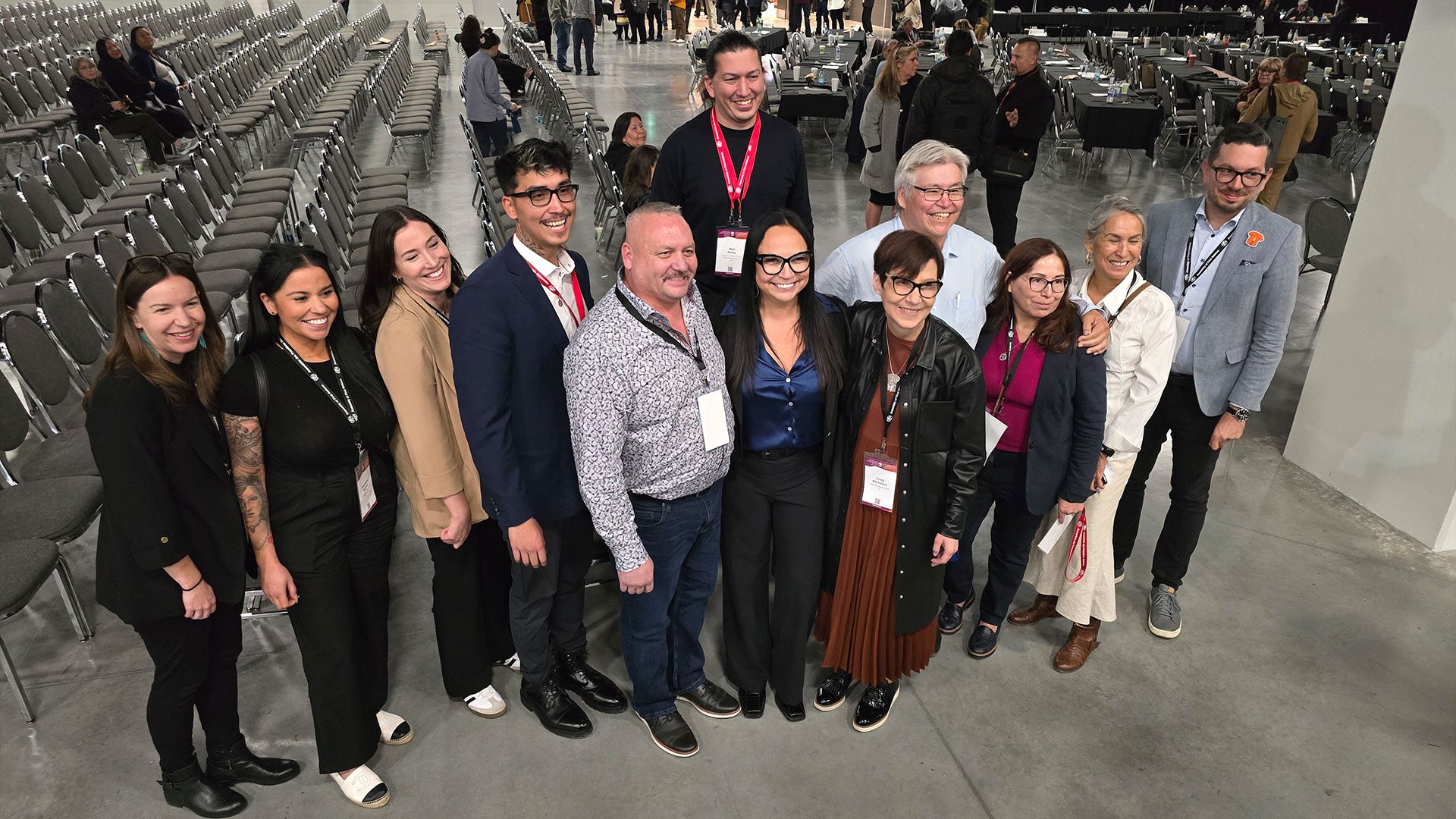
The president of the First Nations Family and Caring Society says the organization will continue to move forward on long-term reform of the First Nations child welfare system with or without the Assembly of First Nations.
“We lost confidence in the Assembly of First Nations,” Raymond Shingoose said. “It really put us into a bizarre situation. This is the first time in my 40-year career that I have actually seen lawyers be the lead in negotiations and not the chiefs-in-assembly. It more or less reverted to a party driven process rather than a chiefs-in-assembly process. So, that is very, very concerning to us.”
Earlier this month in Calgary, chiefs overwhelming voted against a $47.8 billion agreement on long-term child welfare reform that had been signed this summer between the AFN and federal government.
The 10-year deal was heavily criticized by a number of stakeholders including the caring society who allege it was negotiated behind closed doors and would not be legally binding should there be a government change.
Chiefs will gather again at the upcoming Assembly of First Nations meeting in Ottawa in December where long-term reform in the child welfare system is sure to be once again on the agenda.
A residential school survivor says a new report only further highlights the dark truths that have long been known by those who attended these institutions.
“It was very confirming to me,” Roberta Hill, who sits on the board of directors of the Survivors’ Secretariat, said. “What Kimberly (Murray, special interlocutor) was talking about in her findings only reinforced to me what we know as survivors. That this wasn’t right what was done. That we didn’t have any say in anything. We had no help. What I remember about the institutional care there, the Mohawk Institute (Brantford, Ontario) – which we call the Mush Hole – was that you were pretty much isolated from any kind of outside help and it was run under the Anglican Church.”
Missing children
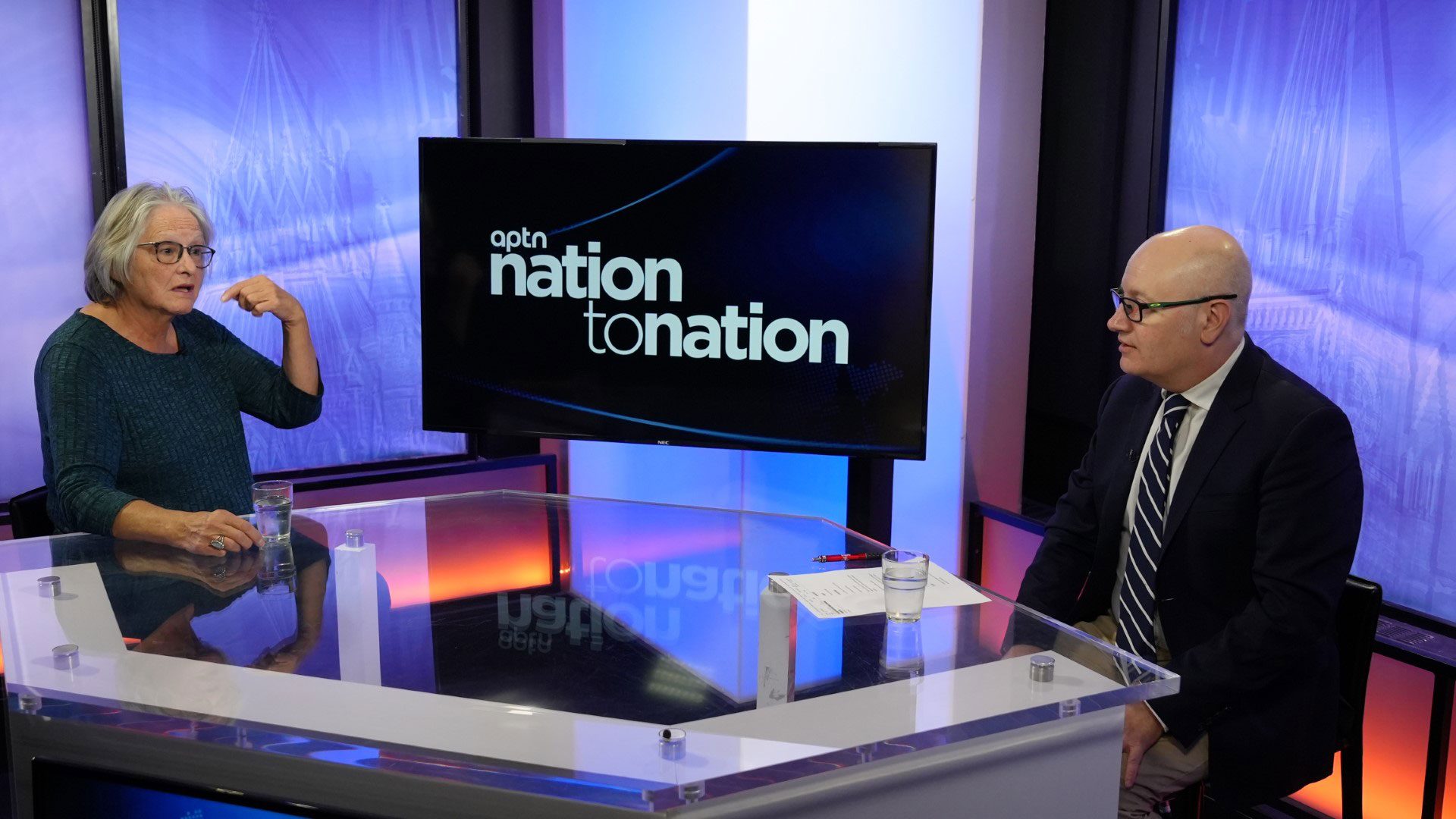
After two years of work, Special Interlocutor for Missing Children, Unmarked Graves and Burial Sites Kimberly Murray released her final report in Gatineau, Quebec earlier this week.
The report contains 42 obligations which include calling on the federal government to establish national Indigenous-led commission into missing children and unmarked graves, provide sustainable and flexible long-term funding for searches and directly tackle residential school denialism.
With files from the Associated Press.






